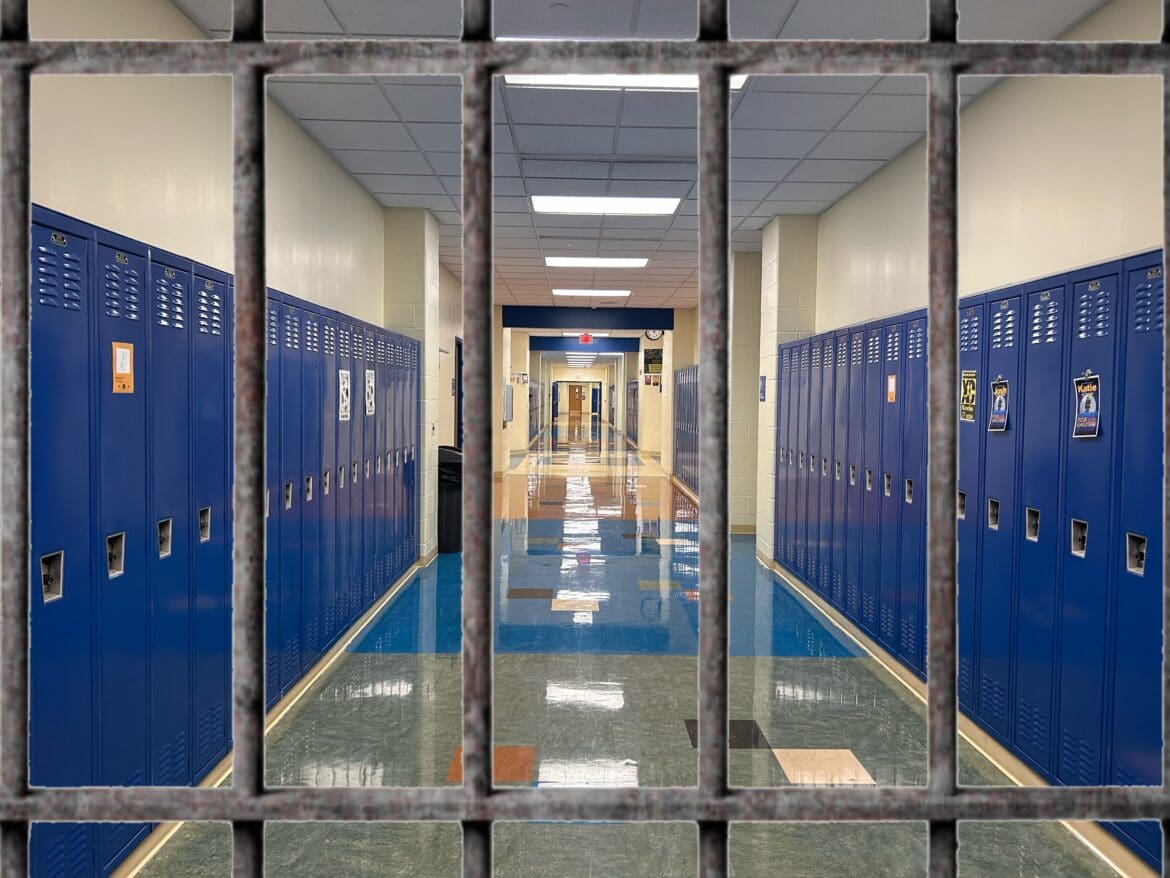Sophia Lanno and Ari Collins
eSomethin staff
Many students at Perrysburg High School were shocked by the new lighting in the school hallways a few weeks ago. Some compare the sudden change to the bright, overbearing lights of prison.
Senior Paige Riney said she wants the lights to change back “so it doesn’t look like I’m in a hospital… or feel like I’m in prison.”
“In a nutshell, it’s an energy-saving project,” says PHS principal Aaron Cookson. “LEDs [light emitting diodes] are the lights we have now replaced halogen lights. LEDs are significantly more energy efficient than halogen lights and also reduce carbon footprint. They are more environmentally friendly, last a lot longer, are less expensive, and have less of a carbon footprint for our Mother Earth.”
In May of 2023, Perrysburg’s Board of Education approved the “LED Lighting & Energy Savings Project” agreement in partnership with Energy Optimizers.
This program allowed for a more cost-efficient, environment friendly HVAC and LED lighting systems in schools.
Although the district expects the long-term effects of the new lighting to be positive, a large percentage of the student body dislikes the overbearing white lights above their heads for different reasons.
For example, Riney, stated that she is, “sensitive to bright lights, and they give [her] migraines.” This is not uncommon: A study published in Health Physics Journal about safety and LEDs explains that the “flicker” produced by the light frequency in LEDs, while usually not visible to the human eye, can easily cause headaches and migraines.
Students have also complained about the change in vibrancy of the lights, saying that it affects their ability to focus. While LED lights with a hint of blue do in fact decrease melatonin production—which may consequently cause them to be more aware—students mention that it strains their eyes, thus limiting their ability to focus.
The hint of blue light within the LEDs will not do any lasting damage to students’ melatonin production, but it will temporarily increase attentiveness while in school.
Cookson said that “the blue light can sometimes be associated with causing some issues with some folks, but I’ve learned it’s more screen time blue light than overhead.” The damage created by the new LED overhead lights does not compare to the damage produced by cell phone radiation.
Mainly, the lighting changes are noticeable because the LED lighting is much more vibrant than the dim, yellow lighting that students are accustomed to.
Senior Myra Smith said that “when I go from downstairs to upstairs, I get headaches.” She said that it is harder to succeed in her classes with the new lights than the older ones, with the dimmer, yellow halogen lights.
After some adjustment, Cookson said, students should not find themselves noticing the difference.
Senior Sophie Perez commented on the issue, saying “I didn’t really notice the difference—like everyone was talking about it, but I couldn’t see it.” Although Perez was indifferent, eSomethin was unable to locate a student who loved them.
However, Cookson says that he does not “think the lights are going anywhere anytime soon, especially since the district invested a whole bunch of money into this project.”
It has been made clear that the lights are here to stay, despite backlash.
Although this issue has the most impact on students, the addition of new lights in Perrysburg schools have actually stirred up reactions from others in the community, including the local union.
Energy Optimizers, in the partnership with Perrysburg Schools, chose to use Wilkes Plumbing and Heating in the HVAC portion of the contract. For the LED lighting portion, Evolved Energy and Lighting, a Columbus-based company, was selected based on their bid.
Consequently, because of this contract, Perrysburg had to use non-local, non-union labor in the project; this was frustrating and members of the community spoke out: a giant inflatable rat was posed in front of Fort Meigs Elementary school on Thursday, Oct. 12.
Union protesters often inflate rats to show their dislike for those who hire non-union labor companies. The rat, affectionately known as “Scabby the Rat,” has actually been used in union protests since the 1980s.
The presence of “Scabby” is a tactic used by many unions. In recent months, Scabby has been seen at protests for a variety of different causes: from carpentry and construction to the SAG-AFTRA writers’ strikes.
Perrysburg Superintendent Tom Hosler commented on the protest: the district “heard from representatives and members of IBEW Local 8, listened to their feedback and [understood] their concern. We share in Local 8’s disappointment that a local electrical contractor was not able to be considered.”
“Our school district has always been deeply committed to supporting local businesses and labor, including our skilled trade workforce, as much as possible. We recognize the immense contributions local businesses and skilled trades make towards creating safe, efficient and nurturing environments for our students and employees.”
Check out other stories on eSomethin.com!
- Photo gallery: PHS art club hosts annual art show on May 9
- The Artsy Apparel is a new local business founded by a PHS grad
- Muslim student association hosts a second multicultural food day this school year featuring all heritage clubs
- Splash! PHS seniors play assassin game to finish the year with a bang
- eSomethin’s Ari Collins wins Munger Award





